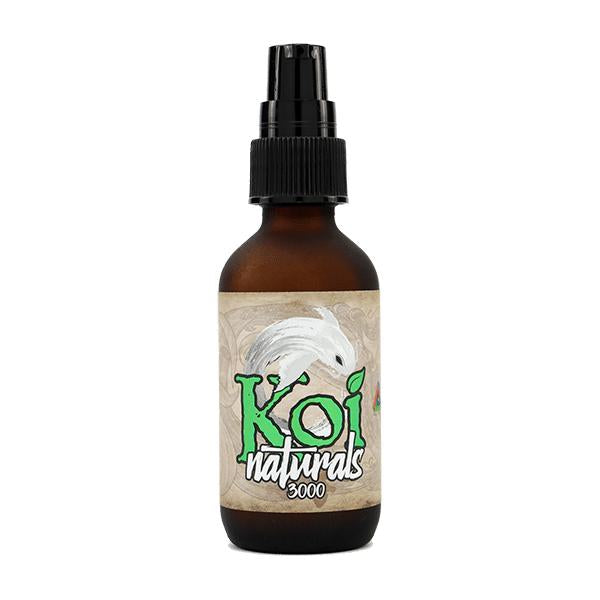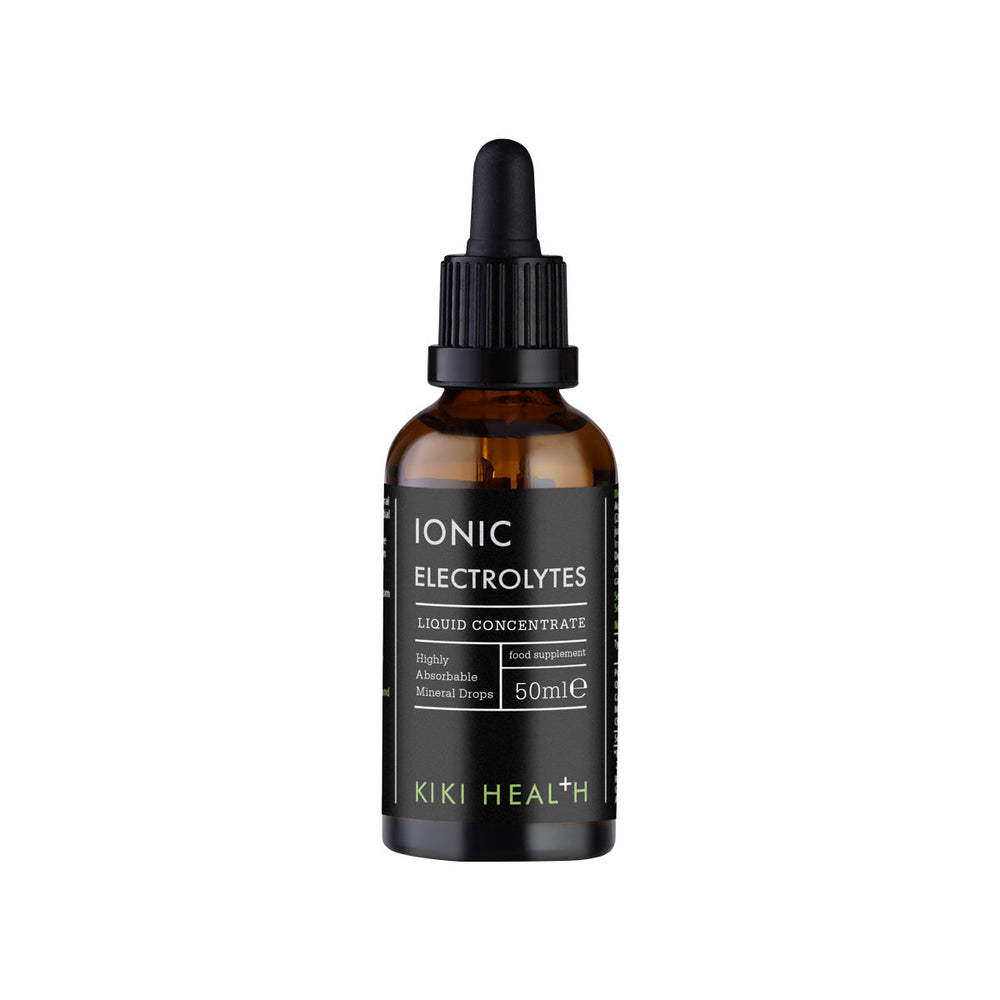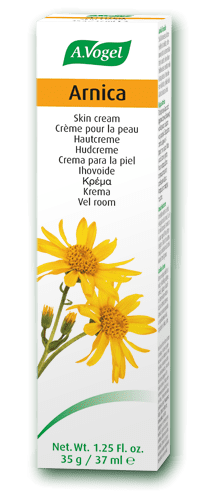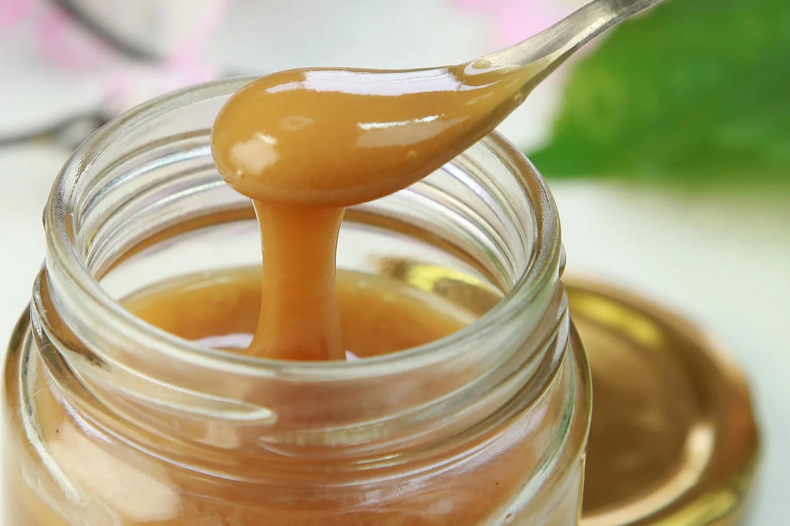Manuka Honey

This honey is popular and widely-used because of its antibacterial properties. These properties have been demonstrated in the laboratory, and its advocates claim that manuka honey helps to maintain good health, fight bacterial infections, aid good digestion and support immunity. It is natural and does not interfere with prescribed medication, but diabetics using it should take account of its sugar content when controlling their blood glucose levels.
Manuka honey is a monofloral honey which means that the beekeepers have, as far as possible, ensured that their bees have gathered nectar for their honey-making from a single type of plant. In the case of Manuka honey, the bees have taken the nectar of the flowers of the manuka shrub (leptospermum scoparium), also known as manuka myrtle, New Zealand tea tree, broom tea tree, or just tea tree, though the widely-known tea tree oil is from a closely-related shrub. Leptospermum scoparium is native to Australia and New Zealand.
As well as having antibacterial properties, this honey is strongly flavoured .
The antibacterial ‘strength’ or bacteria-killing power of each honey is given by its UMF (Unique Manuka Factor) number: the higher the number, the greater the strength. The UMF is not derived from clinical studies, but from standard laboratory testing. A sample of honey is placed in the centre of a laboratory dish containing a bacterial culture (a special jelly with bacteria growing in it). After a set time the surface area of the culture around the honey, where the bacteria have completely stopped growing is measured. The test is repeated using phenol solution (carbolic acid disinfectant) in place of the honey. The percentage strength of the phenol solution that results in the same area of bacteria-killing as the honey is the UMF number of that honey. Therefore a honey with a UMF of 10 has the same bacteria-killing power as a 10% phenol solution; one with a UMF of 15 has the same bacteria-killing power as 15% phenol and so on.
Content written by J R Welsman 2013.












